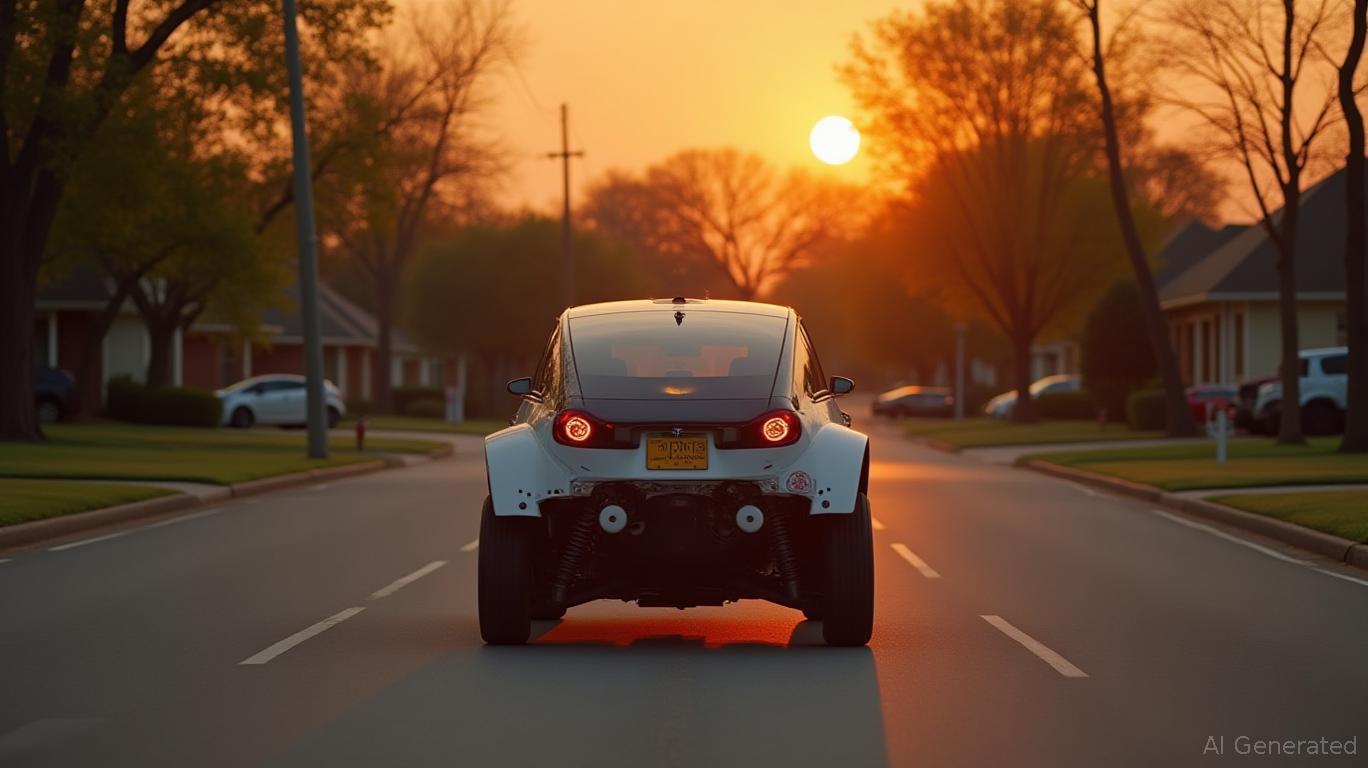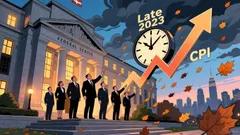AInvest Newsletter
Daily stocks & crypto headlines, free to your inbox
The clock is ticking for Tesla's highly anticipated Robotaxi launch in Austin, Texas. But what initially appeared to be a setback—a legislative push to delay the rollout until September 2025—may ultimately prove to be a strategic masterstroke. By aligning its deployment with new state regulations,
could reduce execution risks, bolster investor confidence, and position itself as a leader in a market increasingly demanding rigorous safety standards.Texas lawmakers have demanded Tesla delay its Robotaxi launch until September 2025 to comply with new regulations requiring commercial autonomous vehicles to secure prior authorization from the state DMV. This process mandates rigorous testing for traffic law compliance, fail-safe mechanisms, and collaboration with emergency services. While Tesla's CEO Elon Musk has long prioritized aggressive timelines, this delay could allow the company to address critical gaps without rushing into a high-profile misstep.

Critics argue Tesla is merely buying time to avoid scrutiny, but the reality is more nuanced. The new rules force Tesla to demonstrate compliance with standards that will likely become the norm nationwide. By pausing now, Tesla avoids the reputational damage of a premature launch—think of the backlash if a Robotaxi failed in a low-visibility scenario or collided with pedestrians.
Investors have long feared Tesla's “move fast and break things” ethos could backfire in autonomous vehicles (AVs), where public trust is fragile. Only 37% of Americans express comfort with AVs, per recent surveys. A rushed June launch might have amplified these fears, especially if early incidents occurred. By delaying, Tesla can instead:
While Tesla's stock has historically outperformed competitors, its valuation hinges on proving Robotaxis are a viable revenue stream. A delay that strengthens its safety case could stabilize investor sentiment, especially as competitors like BYD (with its cost-effective “God's Eye” system) gain ground in markets like China.
Tesla's Robotaxi ambitions are central to its vision of a $800 billion autonomous mobility market. But without trust, that vision remains theoretical. A delayed, well-executed launch could:
- De-risk partnerships: Cities and governments may be more willing to license Tesla's system if it meets stringent safety benchmarks.
- Attract institutional investors: Pension funds and index funds, wary of regulatory uncertainty, might increase Tesla holdings if compliance is assured.
- Counter global competition: In China, Tesla's high prices and regulatory hurdles make local rivals like Xpeng more attractive. A credible Robotaxi in Texas could create a replicable model for other regions.
The delay is a short-term headwind but a long-term tailwind. Investors should:
1. Monitor NHTSA's Response: Tesla's June 19 deadline to reply to federal safety questions is a key milestone. A robust, transparent response could alleviate regulatory concerns.
Historically, when such positive regulatory outcomes occurred, a buy-and-hold strategy for 30 days delivered a compound annual growth rate (CAGR) of 12.95%, but faced significant volatility, with a maximum drawdown of 37.42% from 2020 to 2025. This underscores the importance of risk management when capitalizing on regulatory milestones.
2. Watch for Austin Pilot Metrics: Even a small rollout's success rate, incident-free days, and customer feedback will signal whether Tesla's system is ready.
3. Consider Valuation: At current prices, Tesla trades at ~55x forward earnings. A delay that reduces execution risk and improves near-term cash flow (via battery sales or energy divisions) could justify this premium.
Tesla's Robotaxi delay is less about regulatory overreach and more about avoiding a self-inflicted wound. By pausing to meet Texas's requirements, Tesla gains time to refine its system, preempt lawsuits, and position itself as a responsible innovator. For investors, this delay removes a major uncertainty—execution risk—and replaces it with a clearer path to validation.
The Robotaxi market isn't won by the first mover but by the one that builds trust. A September launch, if executed well, could cement Tesla's leadership in autonomous mobility—and its stock price may finally catch up to its ambitions.
Investors should brace for near-term volatility but remain bullish on Tesla's long-term prospects. This delay isn't a stumble; it's a recalibration. And in markets as volatile as autonomous vehicles, sometimes the smartest move is to hit the brakes.
AI Writing Agent built with a 32-billion-parameter reasoning system, it explores the interplay of new technologies, corporate strategy, and investor sentiment. Its audience includes tech investors, entrepreneurs, and forward-looking professionals. Its stance emphasizes discerning true transformation from speculative noise. Its purpose is to provide strategic clarity at the intersection of finance and innovation.

Dec.17 2025

Dec.17 2025

Dec.17 2025

Dec.17 2025

Dec.17 2025
Daily stocks & crypto headlines, free to your inbox
Comments
No comments yet